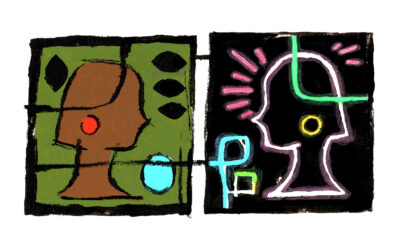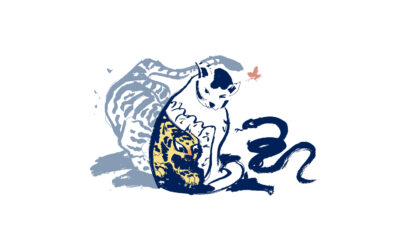The US company Crayola’s product range essentially consists of tools designed to help creativity: crayons, chalk and artists’ supplies. Perhaps that is why its former CEO Rich Gurin hit the mark with his claim that “business needs what the arts teach”. But what lessons can ‘business’ learn from ‘art’?
In the consumer-led markets of today, one-sided branding messages that treat customers as passive recipients are likely to fail. Instead, to be relevant and more than just a product on the shelf, the best brands engage with and become a part of the culture they are embedded in. This involves:
- Understanding customers holistically – how they think, what they desire and how they interact with brands
- Inspiring consumers – with surprising, unfamiliar and creative products and services, so they discover new perspectives
- Authentic engagement – by presenting a brand in a human way, through compelling stories and emotional experiences
We find the most valuable insights and ideas when we look at the entire cultural context, rather than just at products or categories. Grasping this full cultural frame of reference allows us not only to target consumers, but to open a dialogue with people. Art is the most powerful means of reflecting and challenging these cultural frames – but how can it help to master today’s challenges in branding?
How aesthetic skills enrich your business
To shape conversations – or to engage people – businesses need to address notions of creativity, innovation, purpose and empathy. These motifs have been at the very core of the artistic process ever since. Artists open up new and original perspectives on what we take for granted, and translate complex ideas into creative forms or emotional experiences. Notions of inspiration and imagination are essential to their work, always striving to captivate the viewer’s full interest. The artistic ability to think differently about the present and boldly to invent future scenarios has become essential in today’s brand creation.


The Yuzu Residency
In 2019, Yuzu Kyodai and Mart Stam, the fellow association of Berlin’s famous Weißensee Art School established the Yuzu Residency, to give substance to our interdisciplinary approach. Over the course of a six-week stay, the Residency offers young artists opportunity to look beyond Tokyo’s facades, to fathom city and country, and to provide new perspectives on the familiar. With the Yuzu Residency, we not only hope to connect Tokyo and Berlin, but to form a bridge between Art and Business.
Our first Yuzu Fellow, the painter and illustrator Jill Senft, found her inspiration in the daily rituals of Japan and its specific art of advertising. Viewing mundane subjects through Jill’s eyes made us marvel and smile, as well as forcing us to rethink our own storytelling in the light of her unusual approach.


Exploring new frontiers
The open, unpredictable ways in which artists work make it difficult to anticipate clear results. But we believe that, with the right framework, collaboration between companies and artists can broaden horizons and lead to fresh ideas that inspire brands’ connection with people. The greatest reward will come not when artists are reduced to CSR tools but when they become partners in exploring new frontiers.



